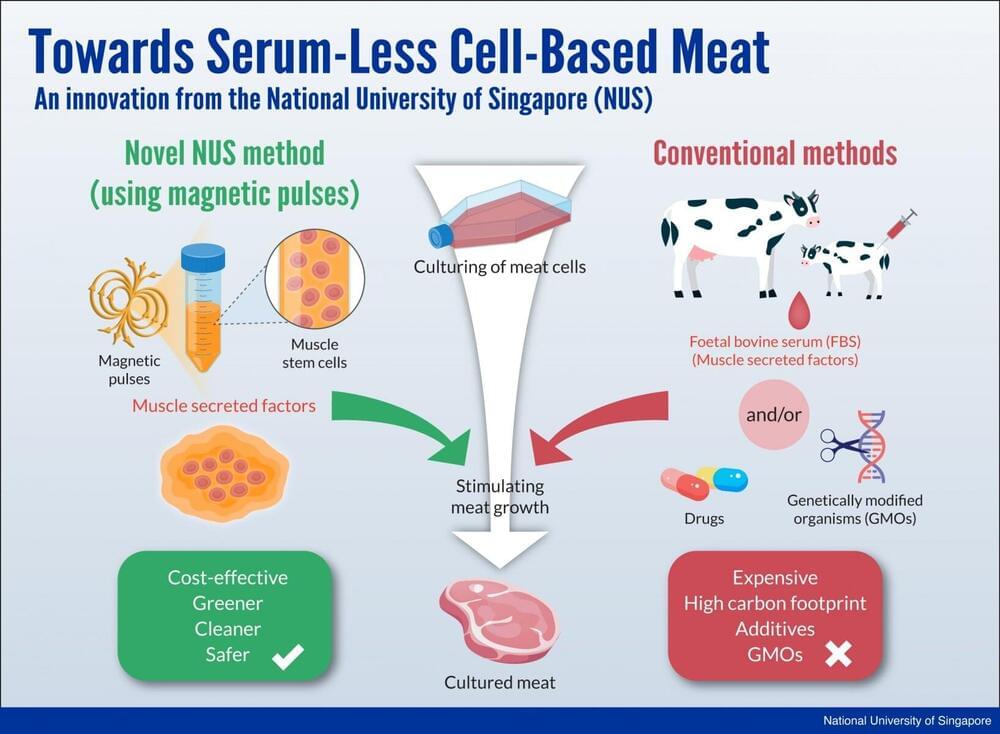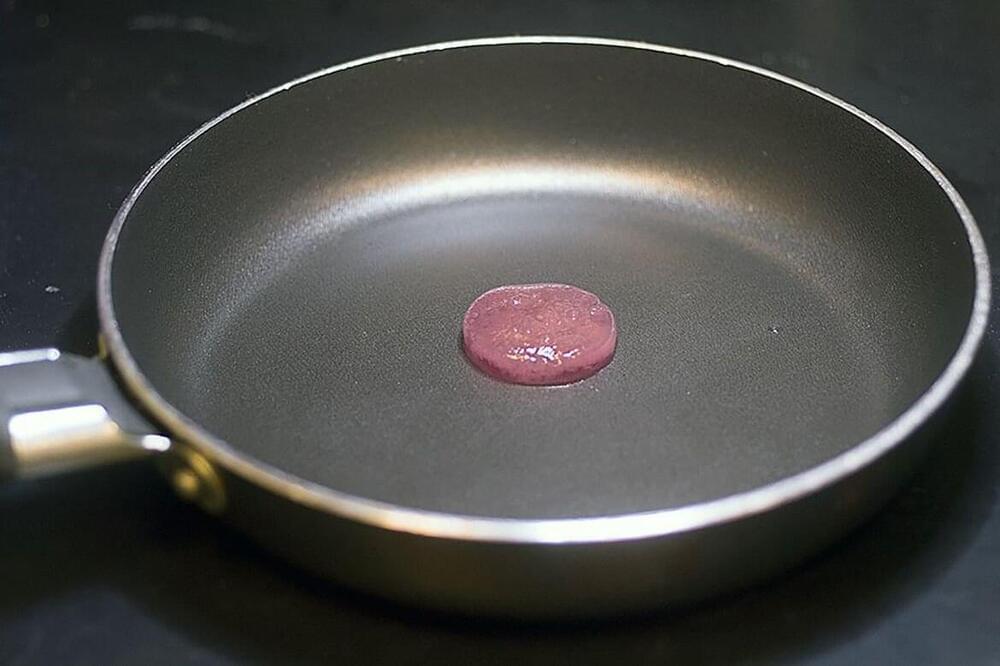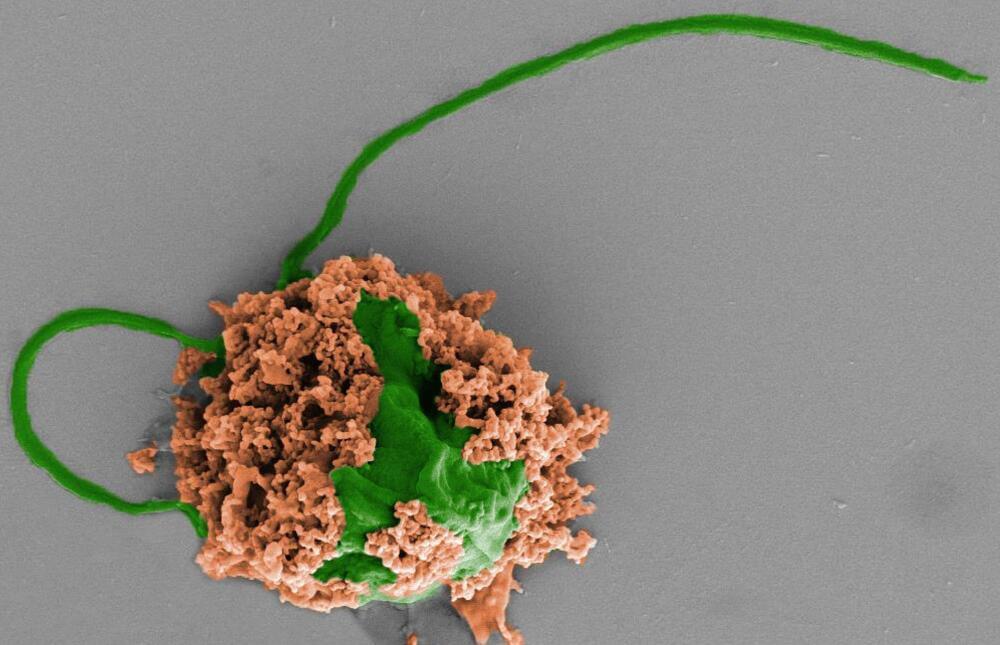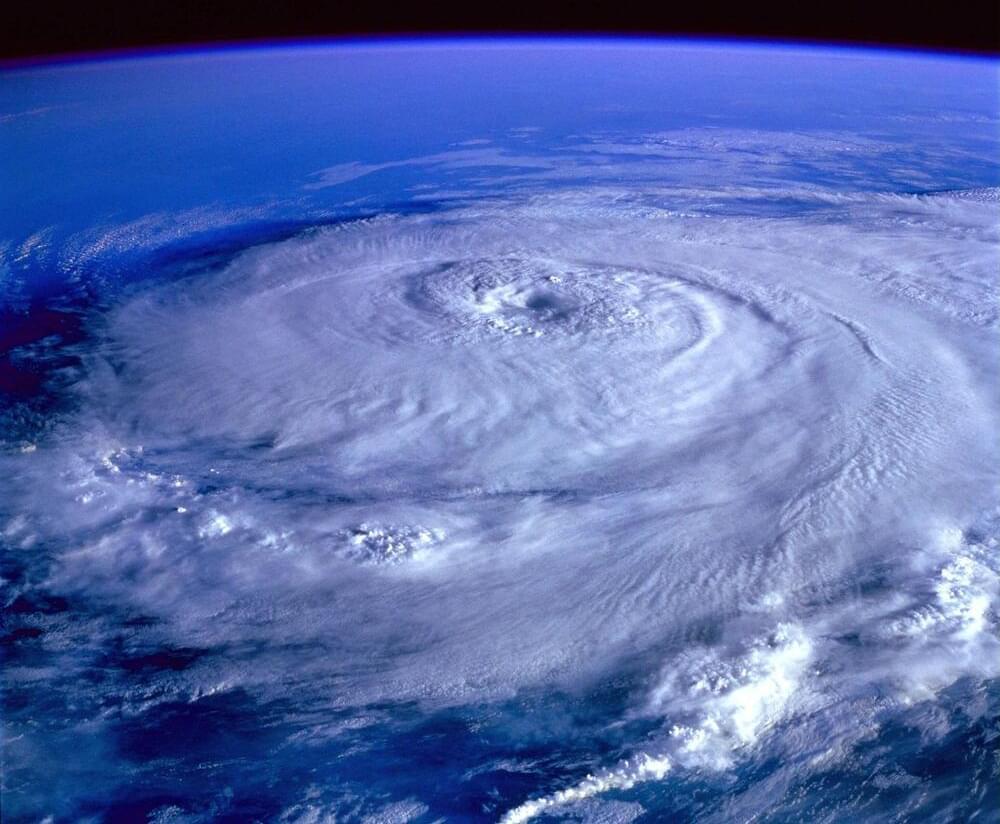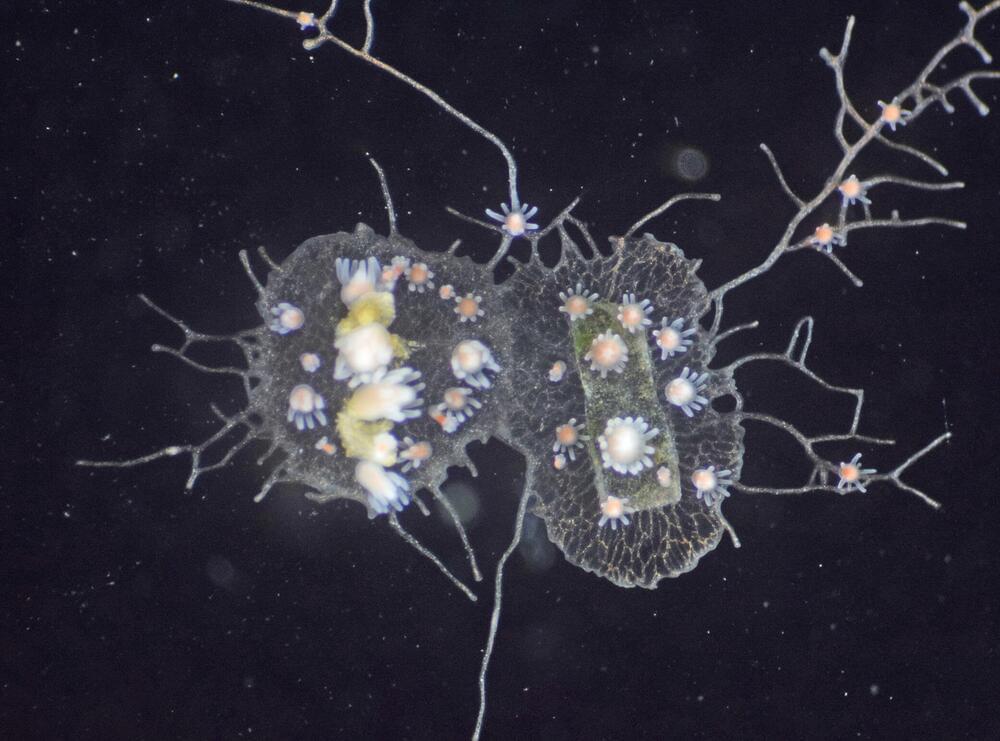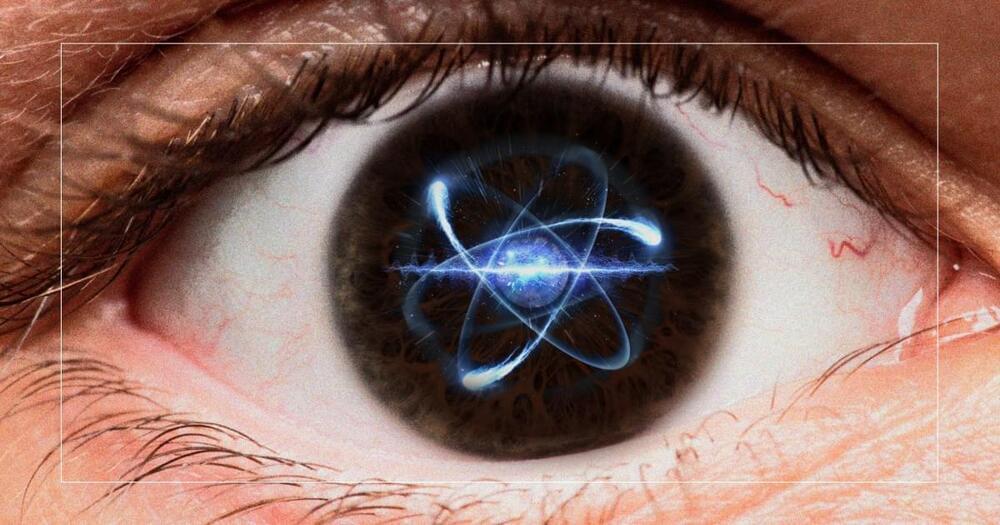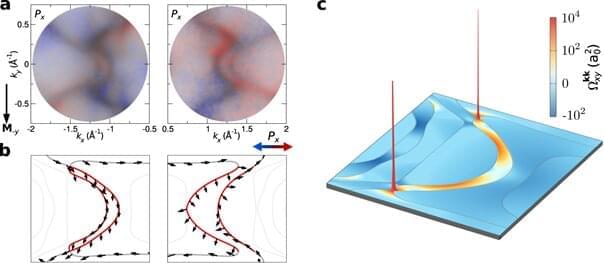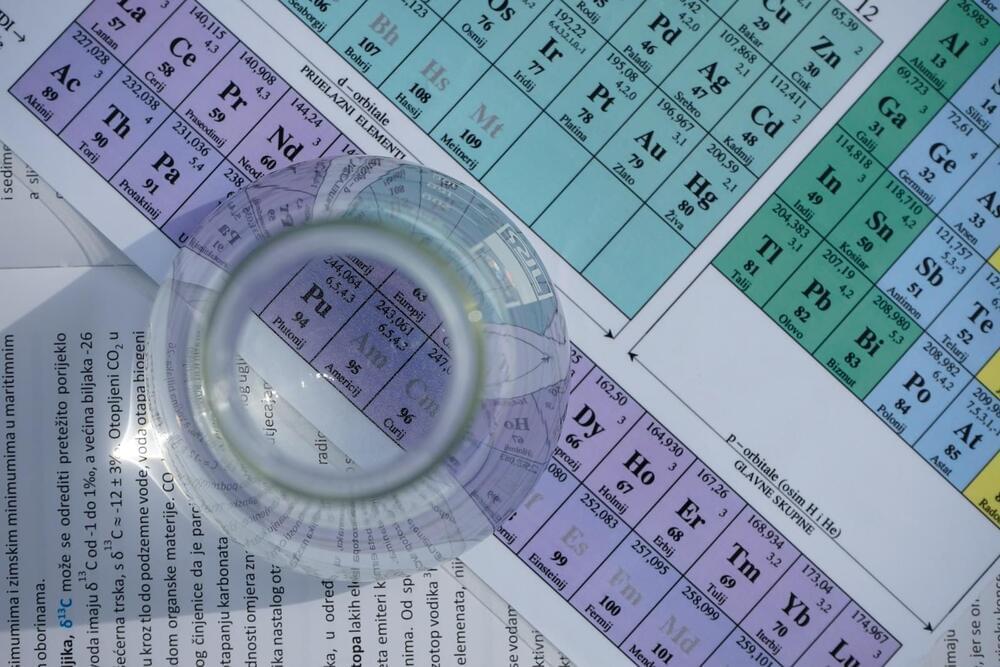If there is one thing science fiction movies and comics have taught us, it’s that humans have no.
limitations, and we will one day be able to open a portal that transverses into another dimension. What if I tell you that day is closer to us than ever? This is the latest discovery made.
by scientists and is by far the biggest of the century.
Will we finally get to find out if we are the only beings in the cosmos? What technology have.
scientists designed capable of making interstellar teleportation possible? How and where will.
the portals take us?
Join us as we explore how scientists have finally found a way to open a portal to another.
dimension.
Disclaimer Fair Use:
1. The videos have no negative impact on the original works.
2. The videos we make are used for educational purposes.
3. The videos are transformative in nature.
4. We use only the audio component and tiny pieces of video footage, only if it’s necessary.
DISCLAIMER:
Our channel is purely made for entertainment purposes, based on facts, rumors, and fiction.
Copyright Disclaimer under section 107 of the Copyright Act 1976, allowance is made for “fair use” for purposes such as criticism, comment, news reporting, teaching, scholarship, education, and research. Fair use is a use permitted by copyright statutes that might otherwise be infringing.
